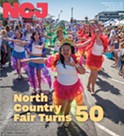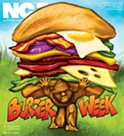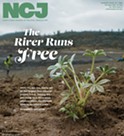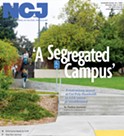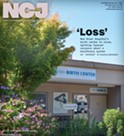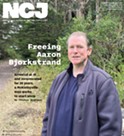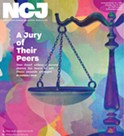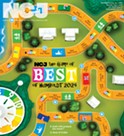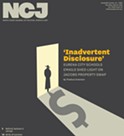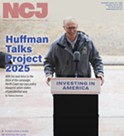[
{
"name": "Top Stories Video Pair",
"insertPoint": "7",
"component": "17087298",
"parentWrapperClass": "fdn-ads-inline-content-block",
"requiredCountToDisplay": "1"
}
]
I was working in our winter vegetable garden not long ago, when l heard a deep thumping coming from one of the dead red alders nearby. I scanned the tree but did not see a woodpecker; the sound continued. A walk around the tree revealed a new hole in the trunk: The thumping heartbeat was coming from inside the tree.
As I waited for a bird to exit, a Red Breasted Sapsucker flew over and landed near the hole. The bird chittered to announce its arrival, "Honey, I'm baa-aack!" (my anthropomorphic translation of a bird chirp) and out popped its mate's head. After a little more back and forth talk, the pair traded places and the bird that had been excavating the hole flew off to take a break from hammering on the new living quarters and removing the sawdust accumulating in the nest. Both birds refreshed themselves at a nearby ceanothus by drinking sap from grooves they gouged into its trunk. The sapsuckers regularly took turns working in the alder over a period of three months until they had enlarged the inside nest area to their satisfaction.
This alder died about three years ago, but from 1977 until 2020, it sheltered our house in the summer. The local wildlife appreciated it, too: Insect-eating birds found rich dining among its branches, its leaves and roots provided food for wildlife like woolly bears and voles, and its bark provided a surface on which lichen grew their complex tapestries. The alder's heartwood was food for fungi and invertebrates; the latter in turn attracted pileated woodpeckers, which tore out the center of the tree in a matter of days searching for food. When the tree later fell and broke open on the ground, the heartwood revealed a labyrinth of tunnels, created by numerous beetle species, including longhorn, jewel and stink beetles. Leafcutter and mason bees used the larger beetle tunnels for nests.
Even in death, this single tree will continue to provide food and homes for animals and other organisms for many more years. The decaying wood will be food for invertebrates, slime molds and fungi that break down the wood's cellulose. Salamanders, frogs and snakes will find homes in the alder's skeletal remains, as will bats and wasps. Even overwintering butterflies like mourning cloaks and anglewings can find shelter in hollows in the dead wood.
Hole-nesting birds like woodpeckers and sapsuckers require snags (standing dead trees) for their nests if they are to raise chicks successfully. Snags are rare or nonexistent in urban landscapes and clearcut forests. This lack creates a breach in biodiversity, not just for hole-nesting birds and mammals, but for all organisms dependent on older trees for food and/or shelter. We need to make sure that wildlife — from woolly bears to sapsuckers, bats to bees — continue to be part of our local ecosystem by allowing trees in urban parks and native plant gardens to age naturally. The breadth of life in a dead tree should be a reminder that all of nature is interconnected.
Comments
Showing 1-1 of 1




